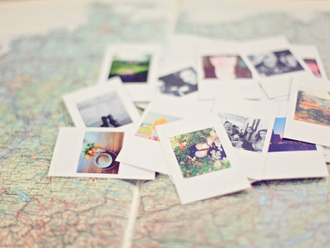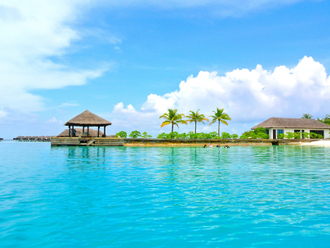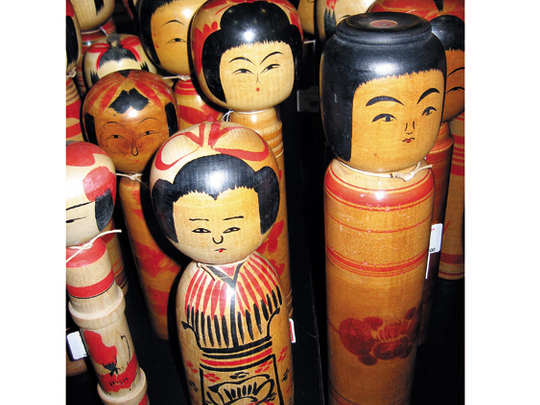
1. Rise above it all
Tokyo has a population of 13 million, which means the city’s skyscrapers stretch as
far as the eye can see. The Tokyo Tower (www.tokyotower.co.jp) is 330m high, so a ride up to the viewing platform will give you a good perspective of the city and help you get your bearings. Besides the jaw-dropping 360 degree panoramic views of towering office and apartment blocks, you’ll also be surprised by the number of green areas dotted throughout the city. On a good day, if you look north, you should be able to see the ice topped Mount Fuji floating in the distance. The tower’s vibey Club 333 hosts live musicians and DJs on Wednesday, Thursday and Friday nights.
2. Learn the fine art of tea drinking
Hundreds of years of tradition saturate the Japanese tea ceremony, and experiencing one will give valuable insight into the complex culture of this tradition-rich country. At Chayu Club Koomon (www.koomon.com) visitors are guided through each step of the ceremony – learning why the ceremony is held, courtesy greetings, the importance of admiring your host’s fine ceramics, as well as getting to sample the bitter green tea that is served to guests.
I loved the guiding ethos behind the ceremony – ‘One chance, one meeting’ – and the four themes – harmony, respect, purity and tranquility – that it strives to embody. Visitors to Chayu Club Koomon can also learn traditional calligraphy, find out how to wear a kimono (traditional Japanese dress) and try out ikebana – Japanese flower arranging.
3. Take a stroll through nature
It’s worth setting aside a full morning or afternoon for the tranquil Kiyosumi Gardens (www.tokyo-park.or.jp). Formally developed into a traditional Japanese garden in 1878, the gardens are set around a large pond filled with black, white and orange carp. Rocks collected from all over Japan have been used in the pathways around the lake and as giant stepping stones, which also make popular chill-out places for the resident terrapins. During different times of the year, azaleas, hydrangeas, iris and camellias create bursts of colour amid the green. When I visited last month, the cherry blossoms were in bloom, forming giant flower-filled canopies over the picnic tables. Pack your book and a snack and soak up the serene atmosphere.
4. Seek spiritual solace, the Japanese way
Most Japanese embrace both Buddhist and Shinto beliefs – they visit Buddhist temples when conducting rituals surrounding death, while Shinto shrines are utilised for marking happier events like the celebration of a marriage or the birth of a child. The Meiji Shrine in central Tokyo is set in a forest made up of more than 100,000 trees donated by believers all around Japan. It was built in 1920 to commemorate Emperor Meiji and his wife and is a magnet for city dwellers seeking reprieve from the buzzing city. Visitors to the shrine can buy a small wooden plaque on which they can write a wish or prayer. Thousands of these plaques are hung around a tree in a courtyard. You can also pay a small donation and receive a scroll bearing one of the many waka (traditional 31- syllable poems) written by the emperor and his wife – rather like a fortune cookie saying. This is also the place to stock up on Japanese-style good luck charms to hang off bags and mobile phones. If you’re fortunate enough to visit the shrine on a public holiday, you’ll get to see wedding party processions – with the bride and groom dressed in elaborate traditional kimonos – slowly making their way around the shrine.
5. Enjoy a night cruise
Step on to a traditional Japanese houseboat or yakatabune and take a sunset cruise around Tokyo Bay. On board Funasei’s boats (www.funasei.com), you can take up your place at a sunken-style table and feast on fresh sashimi and a seemingly endless supply of deep-fried tempura with the twinkling night lights of the big city as your backdrop. The two and a half hour dinner cruise will take you under the Rainbow Bridge and past the ultra-modern Fuji TV Studios and Decks Tokyo Beach.
6. Bliss out at the Ritz-Carlton
The city’s most stylish hotel haven has to be the Ritz-Carlton (www.ritzcarlton.com), which occupies the top nine floors of Tokyo Midtown, the city’s tallest tower. The views from the sleek lobby and rooms give you the feeling that you are perched above the city, looking down on all the comings and goings. You can enjoy these views everywhere in the hotel – whether you’re swimming laps in the pool, working off last night’s teriyaki excesses in the fitness centre, or dining in the Michelin starred Hinokizaka. If your time doesn’t stretch to a full treatment at the in-house Espa Spa, make sure you at least make use of the Heat Experience Area, which includes the steam room, sauna and ice fountain. There is an upmarket mall beneath the hotel and it’s a short stroll to the heart of Roppongi, a fun area of Tokyo filled with cosy pubs and thumping nightclubs, which are open 24 hours. In the park across the road, you can join the hundreds of local yoga enthusiasts who gather for an early morning workout.
7. Take a day trip to Mount Fuji
This iconic mountain often hides behind a shroud of cloud and mist, but it is still worth taking a journey out of Tokyo to explore the countryside that surrounds Mount Fuji. An hour and a half bus ride takes you through bamboo-covered hillsides and mountain passes to Lake Ashi. Cross the lake on a ferry to Hakone and ride the Hakone Komagatake cable car to the top of Komagatake. If the weather cooperates, you’ll get postcard perfect views of Mount Fuji from the 1,300m summit – if not, there’s a photo booth where you can pose in front of an image of the illusive mount! A short drive on from Hakone are the steaming, smelly Owakudani Hot Springs. Here you can buy black eggs which are hard-boiled in the steaming pools. Legend has it that you gain an extra year of life for each egg you eat. Eat four, and eternal life is yours; but be a glutton and eat five, and you shorten your life span!
8. Beef up your taste buds
Nothing beats the tender brilliance of the beef teriyaki at Mon Cher Tonton restaurant (www.seryna.co.jp) in Roppongi. For traditional teriyaki dinners, the chef prepares your meal in front of you on a hotplate set into the table top. Mon cher tonton’s special chef’s menu starts with seasoned sashimi before the teriyaki theatrics begin. Next up is a shot of warm sake and gently fragranced lobster – a taste bud teaser as you watch your beef sizzling on the hotplate. Once the chef gauges that your steak is cooked to your liking, he artfully slices it and arranges it on a plate alongside slithers of garlic and potato. Take it from me – your first mouthful of beef is guaranteed to catapult you straight into a state of culinary bliss. There are a variety of small basement pubs – all equipped with an obligatory jukebox – in the cobbled lanes surrounding the restaurant where you can head for a final nightcap.
9. Get an historical perspective on the city
Until the late 1800s, Tokyowas known as Edo, which means estuary. Although at that time Kyoto was the capital of Japan, by 1720 Tokyo had a population of more than one million, making it the world’s largest city. The Edo-Tokyo Museum (www.edo-tokyo-museum.or.jp) is filled with interactive exhibits giving you an insight into the development of this metropolis.
10. Catch the early morning market buzz
Seafood forms the core of the Japanese diet, and 90 per cent of the seafood that makes it on to restaurant menus in the city and into residents’ kitchens comes through Tsukiji fish market. You’ll need to set your alarm early to experience the buzz of this pre-dawn market – the fish auction begins at 5am. For the last few months, foreigners have been barred from attending the fish auction, but you’re still free to wander around the thousands of stalls that make up the world’s largest fish market, spread over an impressive 50 acres. You probably won’t be able to identify a lot of the shellfish on sale, alongside slithering eels and other prized seafood delicacies. It’s easy to understand the concern surrounding the over-fishing of tuna when you see the hundreds of 500kg monster tuna (some fetching tens of thousands of dollars at auctions) being wheeled around the market. Leave time to explore the stalls around the market. If you can stomach sushi and sashimi for breakfast, the small restaurants here serve the freshest in town; otherwise you can shop for razor-sharp knives and pretty Japanese bowls and platters.


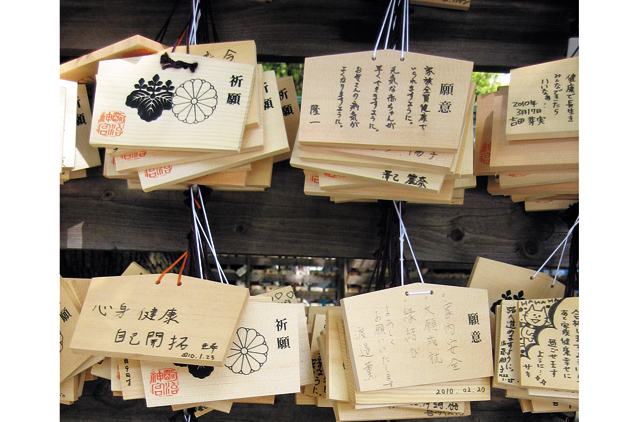
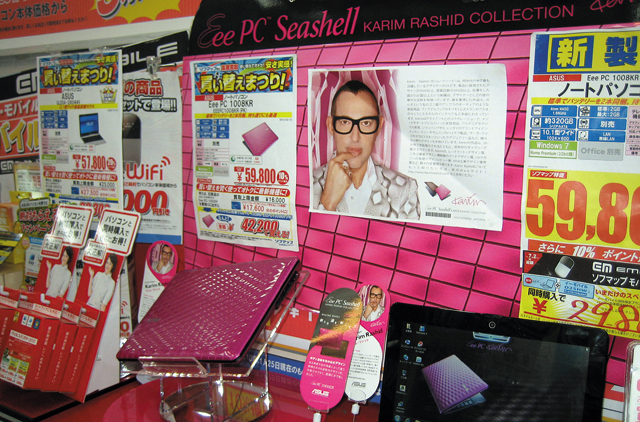


_resources1_16a4a161105_small.jpg)
